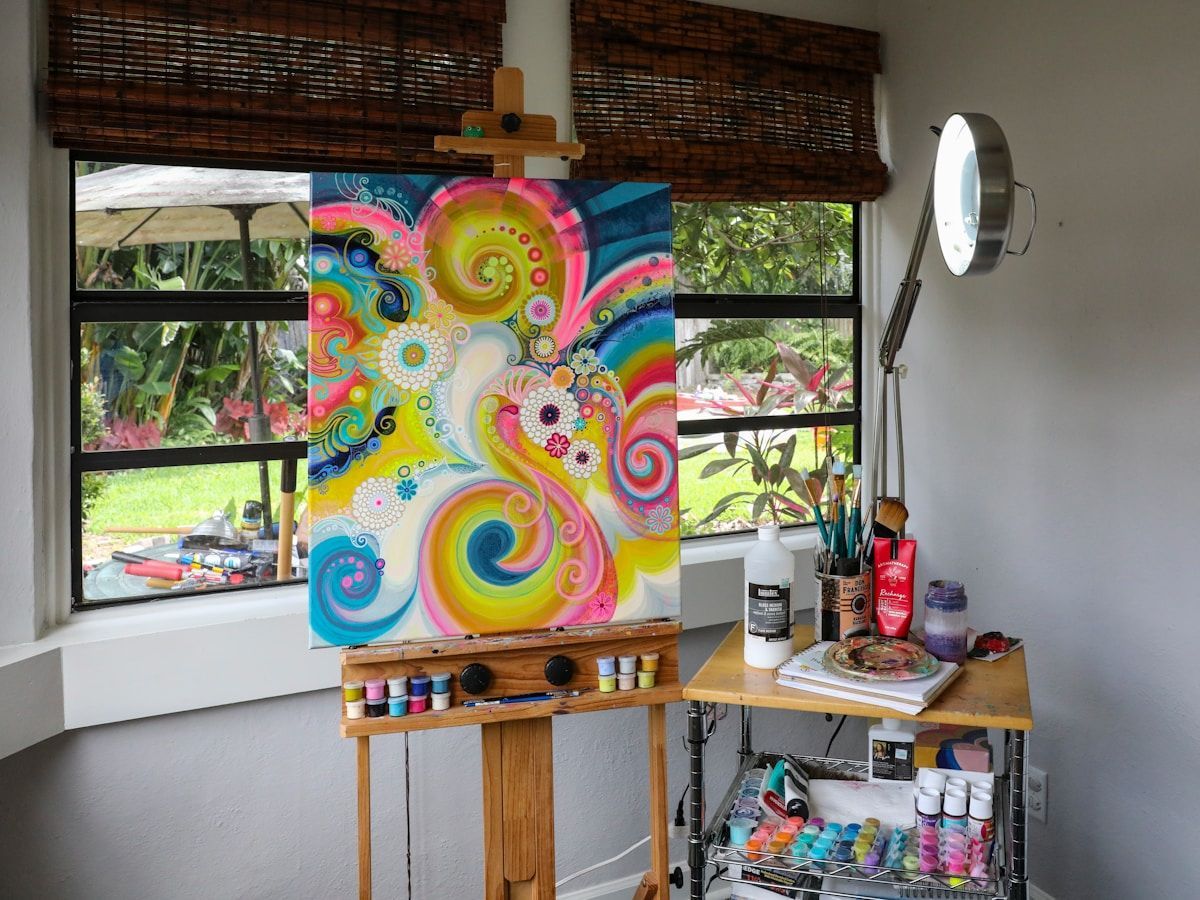Berkshire Heart and Mind Therapy Blog Posts
A collection of blog posts across a variety of topics
By Berkshire Heart & Mind Therapy
•
September 4, 2025
Find personalized individual therapy in North Adams, MA. Culturally competent treatment for anxiety, depression, and life challenges in Northern Berkshire County.
By Berkshire Heart & Mind Therapy
•
August 21, 2025
Get immediate crisis support therapy in Great Barrington, MA. Professional emergency mental health intervention available 24/7 for acute psychological distress.
By Berkshire Heart & Mind Therapy
•
August 7, 2025
Get comprehensive clinical ADHD assessments in Lenox, MA. Professional evaluation using evidence-based methods for accurate diagnosis and treatment planning.
By Berkshire Heart & Mind Therapy
•
August 7, 2025
Join supportive group therapy in Barrington, MA. Experience healing through peer connection with professional guidance for anxiety, depression, and life transitions.
By Berkshire Heart & Mind Therapy
•
August 7, 2025
Find compassionate individual therapy in Pittsfield, MA. Personalized treatment plans for anxiety, depression, and trauma with experienced therapists.

August 22, 2024
In our fast-paced society, anxiety and depression are becoming more common mental health issues. While seeking professional help is vital, engaging in hobbies such as crafting can significantly aid in managing these conditions. Crafting provides a unique combination of mindfulness, emotional expression, and social interaction, making it an effective tool for boosting mental well-being. Mindfulness and Focus Crafting requires concentration and repetitive actions, which promote mindfulness and keep individuals present. This focus helps reduce stress and anxiety by preventing ruminative thoughts. Engaging in a craft can be similar to meditation, where the mind is fully involved in the activity, allowing for a break from daily worries and anxieties. Try activities like cross-stitching, origami, or pottery to immerse yourself in the moment and achieve a state of flow (Kabat-Zinn, 1994). Sense of Accomplishment Completing a crafting project provides a sense of achievement, boosting self-esteem and reducing feelings of depression. The tangible results of one’s efforts can be highly satisfying. Whether finishing a knitted scarf, a painted canvas, or a handmade piece of furniture, creating something from start to finish can significantly boost self-worth and confidence. This sense of accomplishment can be particularly valuable for individuals struggling with feelings of inadequacy or low self-esteem (Csikszentmihalyi, 1990). Emotional Expression Crafting allows for emotional expression, enabling individuals to process and release their feelings. This creative outlet can help manage difficult emotions and provide a sense of relief. For example, painting or drawing can be a way to visually express emotions that are hard to put into words, while knitting or sewing can provide a calming and rhythmic activity that helps soothe the mind. By channeling emotions into creative projects, individuals can better understand their feelings and find healthy ways to cope with stress and anxiety (Malchiodi, 2012). Social Connections Group crafting activities or online crafting communities offer social interaction and support, which is vital for mental health. Sharing a common interest fosters connections and reduces feelings of isolation. Crafting groups, whether in-person or virtual, allow individuals to share ideas, offer encouragement, and celebrate each other’s achievements. Join a quilting circle, a scrapbooking club, or an online crafting forum to build connections and create a sense of belonging and community (Putnam, 2000). Stress Reduction Engaging in crafting has been scientifically proven to reduce stress levels. When we immerse ourselves in an enjoyable activity, our brains release neurotransmitters such as dopamine and serotonin, which are associated with pleasure and happiness. This natural “mood boost” can help counteract the negative emotions often experienced by those struggling with anxiety and depression. Activities like jewelry making, woodworking, or crocheting can provide that much-needed stress relief (Pressman et al., 2009). Conclusion Crafting is more than just a hobby; it’s a therapeutic practice that can significantly improve mental health. By promoting mindfulness, providing a sense of accomplishment, allowing for emotional expression, fostering social connections, and reducing stress, crafting offers a holistic approach to managing anxiety and depression. Whether you’re knitting, painting, or woodworking, consider incorporating crafting into your routine to enhance your mental well-being. Crafting isn’t just about creating beautiful things; it’s about creating a healthier, happier you. So, grab your knitting needles, paintbrush, or woodworking tools, and start your journey to mental wellness today! References Csikszentmihalyi, M. (1990). Flow: The Psychology of Optimal Experience. Harper & Row. Kabat-Zinn, J. (1994). Wherever You Go, There You Are: Mindfulness Meditation in Everyday Life. Hyperion. Malchiodi, C. A. (2012). Handbook of Art Therapy. Guilford Press. Pressman, S. D., Matthews, K. A., Cohen, S., Martire, L. M., Scheier, M., Baum, A., & Schulz, R. (2009). Association of enjoyable leisure activities with psychological and physical well-being. Psychosomatic Medicine, 71(7), 725-732. Putnam, R. D. (2000). Bowling Alone: The Collapse and Revival of American Community. Simon & Schuster.
